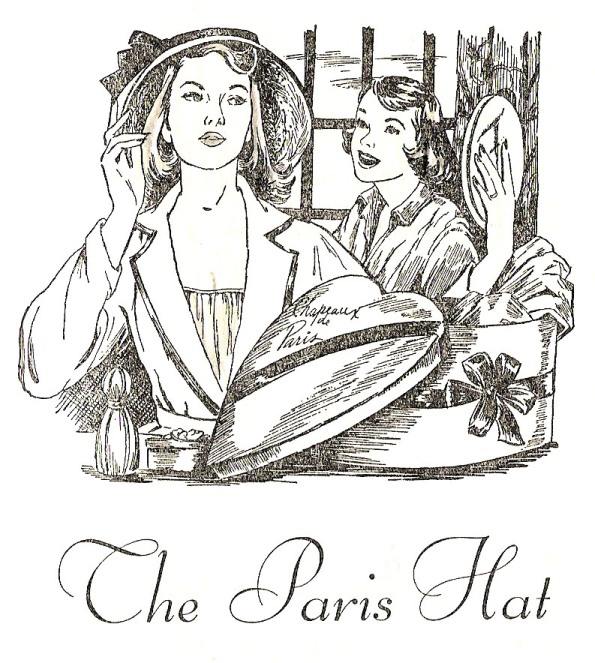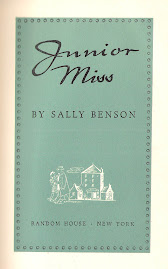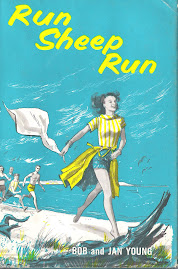 Title: Stranger No More
Title: Stranger No MoreAuthor: Iris Noble
Jacket Artist: Evelyn Copelman
Publisher: Julian Messner, 1961
Setting: Sophisticated San Francisco
Fun: Cooking with oregano; juvenile delinquency; student council elections
Quote: A date -- now that was something she knew from the magazines she had read. A date was an appointment a girl had with a boy.
The conceit behind Stranger No More is that Kathy Norman, an American girl raised mainly in Europe, is a stranger in her own country and must be introduced to such New World concepts as waffles, cable cars and drive-ins. (Wait, don't waffles come from Belgium?) Kathy has come to San Francisco to live with Aunt Debra, who is sure they'll get along fine once Kathy learns to follow a timetable and all the house rules. Aunt Debra is a career woman -- an executive secretary at a fancy hotel -- and though at first she's portrayed as a rigid, dried-up spinster, over the course of the book she becomes something more: an intelligent, resourceful woman who enjoys her job and provides important support for Kathy. (If you've ever read Anne of Green Gables, you have the Kathy/Aunt Debra relationship in a nutshell.)
Beyond that, Stranger No More devolves into Being Popular vs. Being Yourself. Kathy is taken up by "The Crowd," a supercilious clique whose philosophy is articulated by next-door neighbor Troy:
"We do the absolute minimum; we keep their rules when we have to, but beyond that we make up our minds and our rules and live our own lives. We're rebels," she said proudly, "And we stick together. They talk about loyalty to the school -- phooey! -- we're loyal to each other."
Noble points out that, for rebels, The Crowd is slavish about thinking and doing things in unison, but she seems a little mixed in her feelings towards them. As with Candy's discontent in Say Hello, Candy, the seething restlessness of The Crowd is part of the allure of the novel, and some of the drama goes out of Stranger No More when Kathy leaves The Crowd for the more fulfilling world of high school journalism.
As you might have guessed from the cover, there is a romantic subplot, involving Bob McDonald, the editor of said high school paper. He causes Kathy to think briefly about marriage, and then to decide she'll think about it later, after she's done with college. In spite of everything I have been told about this era, I have yet to find a teenage novel in which the heroine puts marriage and a man before her own plans for the future.











No comments:
Post a Comment